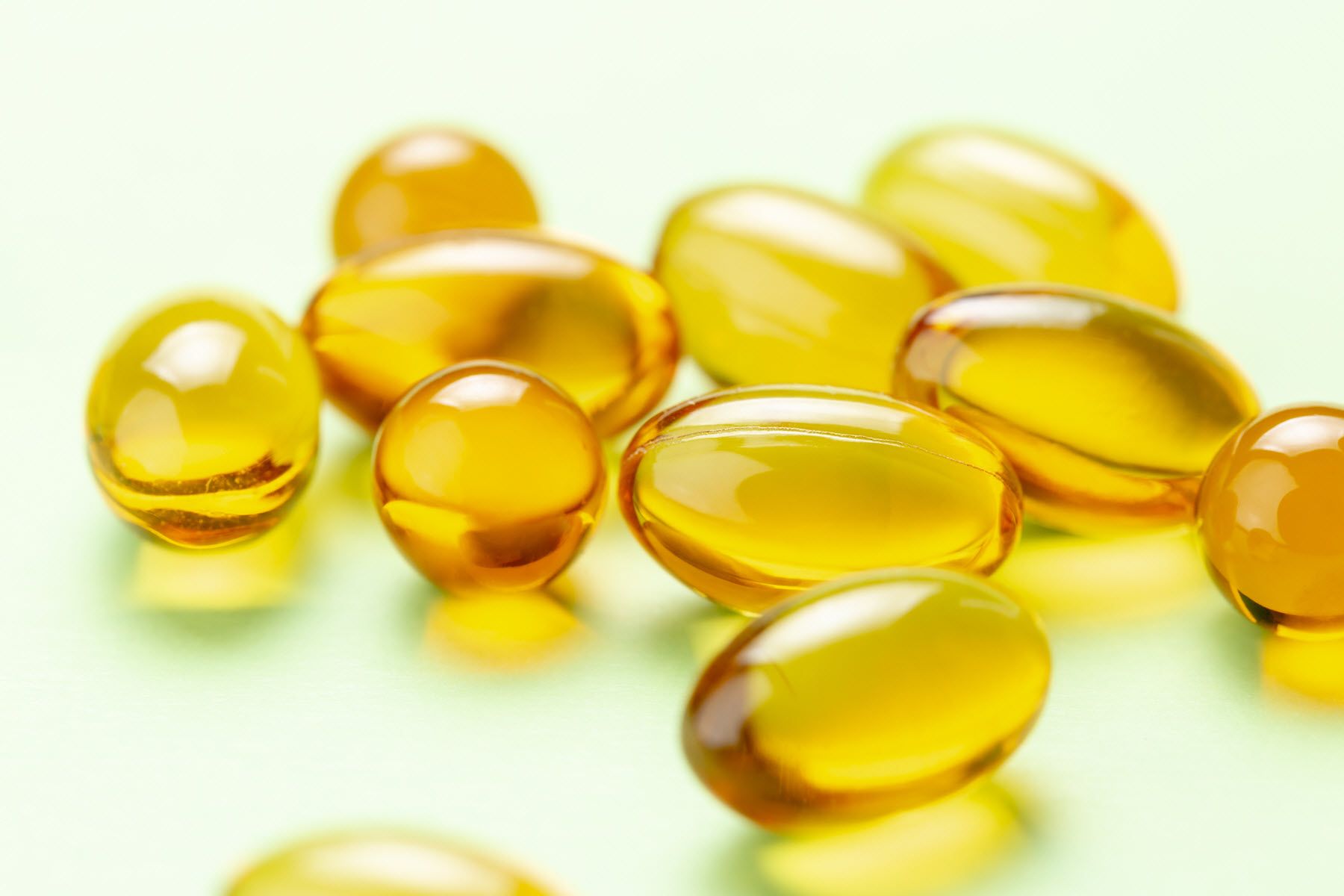

#Dr holick vitamin d video skin#
Also, people with darker skin tend to have lower blood levels of vitamin D because the pigment (melanin) acts like a shade, reducing production of vitamin D (and also reducing damaging effects of sunlight on skin, including skin cancer).

Vitamin D production in the skin is the primary natural source of vitamin D, but many people have insufficient levels because they live in places where sunlight is limited in winter, or because they have limited sun exposure due to being inside much of the time. Both are also naturally occurring forms that are produced in the presence of the sun’s ultraviolet-B (UVB) rays, hence its nickname, “the sunshine vitamin,” but D2 is produced in plants and fungi and D3 in animals, including humans. Vitamin D supplements are available in two forms: vitamin D2 (“ergocalciferol” or pre-vitamin D) and vitamin D3 (“cholecalciferol”). For most people, the best way to get enough vitamin D is taking a supplement because it is hard to eat enough through food. Many of the body’s organs and tissues have receptors for vitamin D, which suggest important roles beyond bone health, and scientists are actively investigating other possible functions.įew foods naturally contain vitamin D, though some foods are fortified with the vitamin. Also, laboratory studies show that vitamin D can reduce cancer cell growth, help control infections and reduce inflammation. It is a fat-soluble vitamin that has long been known to help the body absorb and retain calcium and phosphorus both are critical for building bone. It makes you feel low and lethargic.Vitamin D is both a nutrient we eat and a hormone our bodies make. Seasonal Affective Disorder (SAD) happens mostly during monsoon and winter when sun exposure is at its minimum. Lack of sun exposure not only causes Vitamin D deficiency but can also make you SAD, literally. Sunflowers seeds: This seed not only have Vitamin D3 but also comes with monounsaturated fats and protein. Salmon: Salmon is another good source of D3, Omega 3 and protein. It is low in calorie and can be consumed daily. Dried shitake mushrooms are a brilliant source of Vitamin D3 as well as Vitamin B. Mushrooms: If you love mushrooms, you are covered. It helps ease joint pains and can be taken in capsule form or oil form. Sunlight: It goes without saying that exposure to sunlight in the morning or mid evening can help with your daily intake of Vitamin D3.Ĭod liver oil: This oil comes from the liver of the cod fish and is considered extremely healthy. And that is the reason why I feel that it is important to supplement Vitamin D in Indian conditions during summer, especially in winter to achieve adequate levels of Vitamin D.” It was found that despite exposure to sun for 30 minutes every day for 30 days during summer and winter, it did not achieve the level of Vitamin D, which is considered to be adequate for sound bone health. Major General (Retd) Dr Raman K Marwaha, Eminent Endocrinologist, Former Additional Director and Head (INMAS) and President, Indian Society for Bone and Mineral Research (ISBMR), “We have undertaken two major studies involving Indian children in the age group of 11-15 years, which were published in Osteoporosis International and British Journal of Dermatology. While both are extremely important for us, if we get D2 from food, even little exposure to sun can help the body produce D3. Vitamin D2 ergocalciferol is found in food items and Vitamin D3 cholecalciferol is made in your body with the presence of sunlight. Studies have shown that among the patients experiencing musculoskeletal pain, 93% of them were Vitamin D deficient.įor the uninitiated, there are two kinds of Vitamin D. He spoke on ‘Recent Advancements in Vitamin D Therapy Management’ at the international speaker program, organised by Cadila Pharmaceuticals Ltd in New Delhi. “It is also observed that high level of Vitamin D deficiency increases the risk of diabetes, coronary heart disease, hypertension and other cardiovascular diseases,” adds Dr Holick. If not managed properly, there are high chances that it can lead to rickets, osteoporosis, cardiovascular diseases, diabetes, cancer and infections such as tuberculosis. But Vitamin D is equally important for heart, brain, immune function and much more.

Low vitamin D levels are widely known to harm bones, leading them to become thin, brittle, soft or misshapen.


 0 kommentar(er)
0 kommentar(er)
